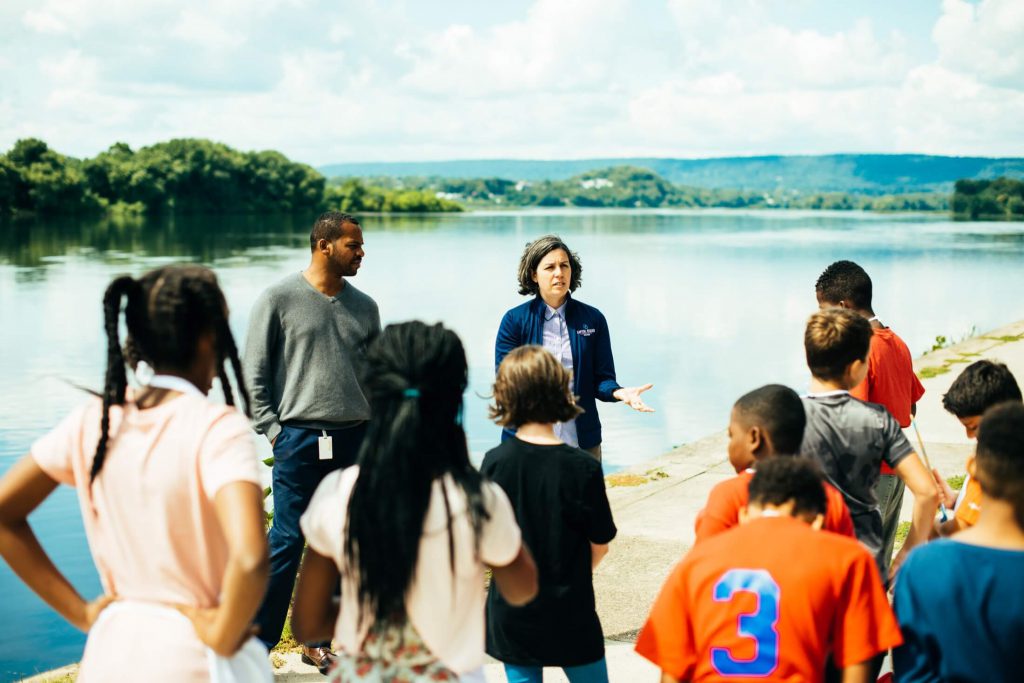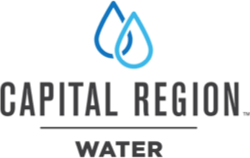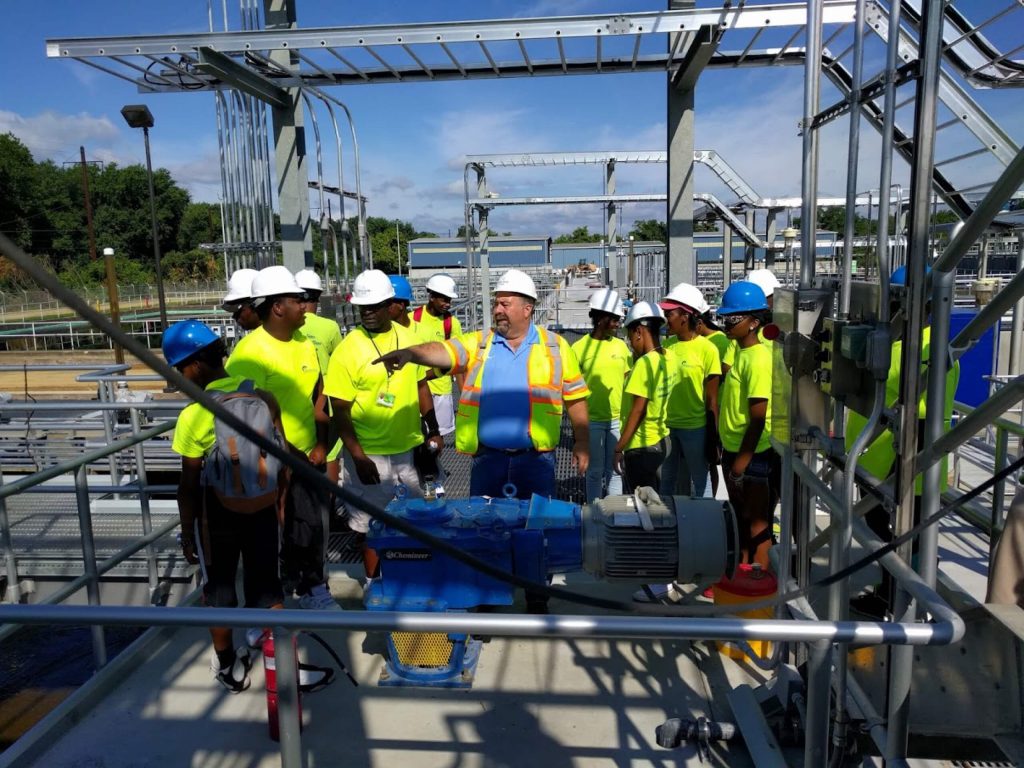Over twenty years, with the implementation of $315 million in capital projects, the CBH2O Plan is expected to provide distinct benefits to Capital Region Water’s customers.
Completely reducing combined sewer overflows in Harrisburg is estimated to cost more than what the community can afford.
The EPA allows Capital Region Water to consider what its community can afford and limit the total cost of the program. Capital Region Water is advocating for the maximum schedule relief possible for implementing this program to help mitigate affordability concerns. Capital Region Water will fight to keep the total cost of City Beautiful H2O below $315 million over the first 20 years.
Understanding the Numbers
Based on Harrisburg’s socioeconomic conditions, EPA guidance allows Capital Region Water to limit the cost of its program and subsequent rates to 2% of median household income. Despite being considered “affordable” by federal standards, this will result in utility bills that will far exceed 2% of income for some customers in Harrisburg.
A total of approximately $315 million in capital projects could be funded by Capital Region Water over a 20-year period ($225 million in the first 10 years and $90 million in the next) while keeping the affordability threshold at or just below the high financial burden threshold. A portion of this total 20-year investment will be needed to continue to address decades of deferred maintenance and to preserve system reliability. In contrast, the remaining portion of this capital funding capacity will be available for local, neighborhood, green stormwater infrastructure projects.

Our Priorities
Priorities for implementing these projects will be established annually, based on the findings of the CCTV inspections, the combined sewer overflow, sewer surcharge reduction benefits gained, and opportunities to incorporate controls into development or public works projects, gaining economies of scale.
Within the affordability framework of the Program Plan, the high-priority activities will address the following problems with our separate and combined wastewater/stormwater collection, conveyance, and treatment systems.
Collection System
Capital Region Water conducts a systemwide video camera inspection survey to identify specific rehabilitation priorities and costs. Modeling Capital Region Water’s collection system revealed numerous hydraulic “pinch-points,” heightening the risk of surcharged sewers backing up into basements or flooding streets.
Conveyance System
Capital Region Water’s estimated cost to accomplish high-priority improvements is $43 million. These funds would enhance existing capacity and minimize the risk of system failure. Completed inspections identified structural and operational deficiencies and debris buildups attributed to decades of deferred maintenance along the interceptor sewers. Major repairs and hydraulic enhancements are required for CRW’s two major pumping stations, interceptor pipe, and 59 flow-regulating structures.
Advanced Wastewater Treatment Facility
Recent evaluations reveal that most treatment processes are in fair overall physical condition but require some capital replacement investments and additional operation and maintenance expenditures. Capital Region Water’s estimated cost to accomplish these improvements is $70 million, which is considered a high priority and needed to preserve and enhance existing capacity and minimize the risk of major system failure.
The Problem
Harrisburg, like cities across the country, is facing the challenge of maintaining and upgrading water and sewer infrastructure that was built decades ago.
The Solution
Our plan to manage runoff.
What’s Next
Over the next 20 years, Capital Region Water will be implementing many projects, both big and small.

